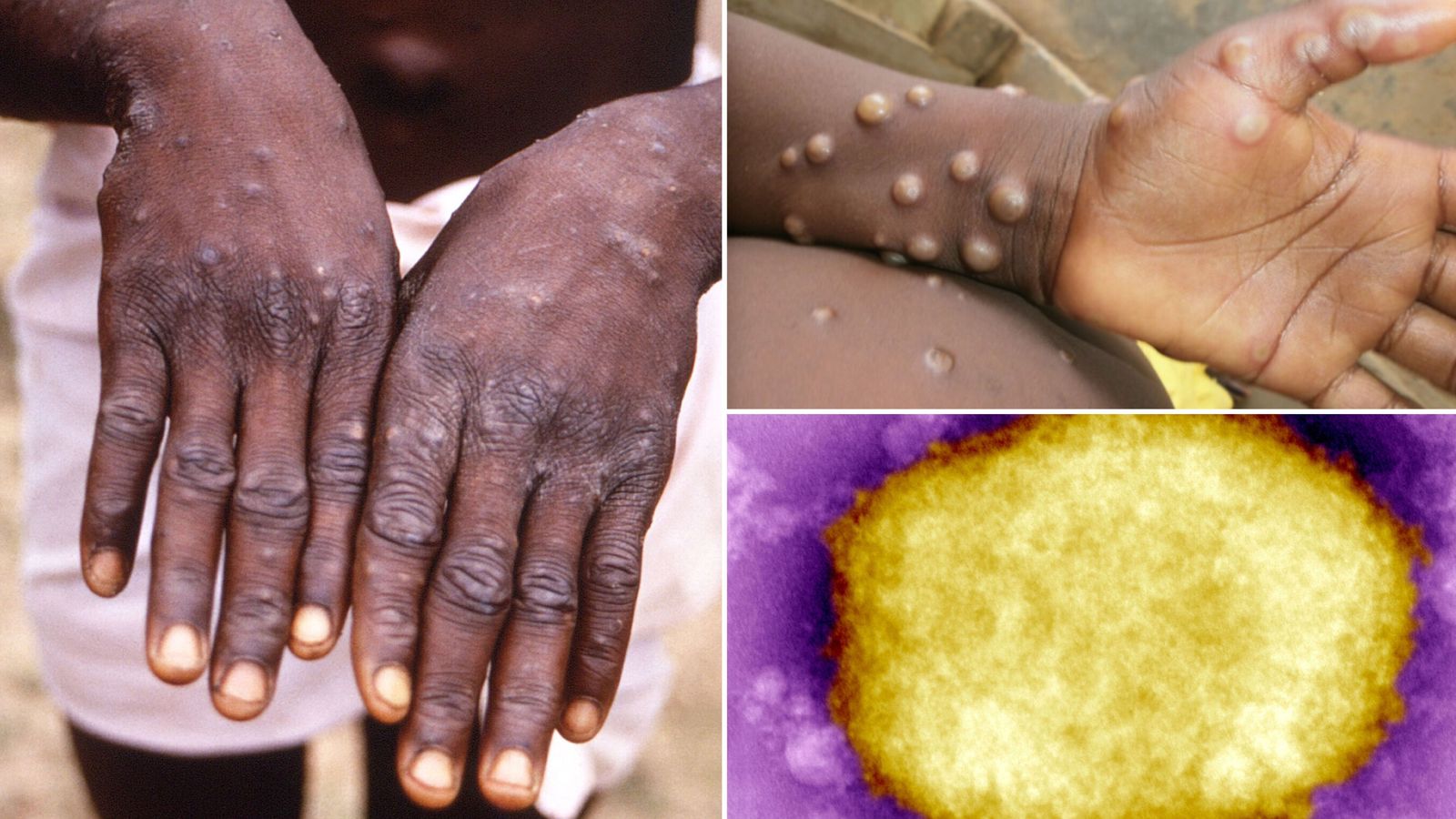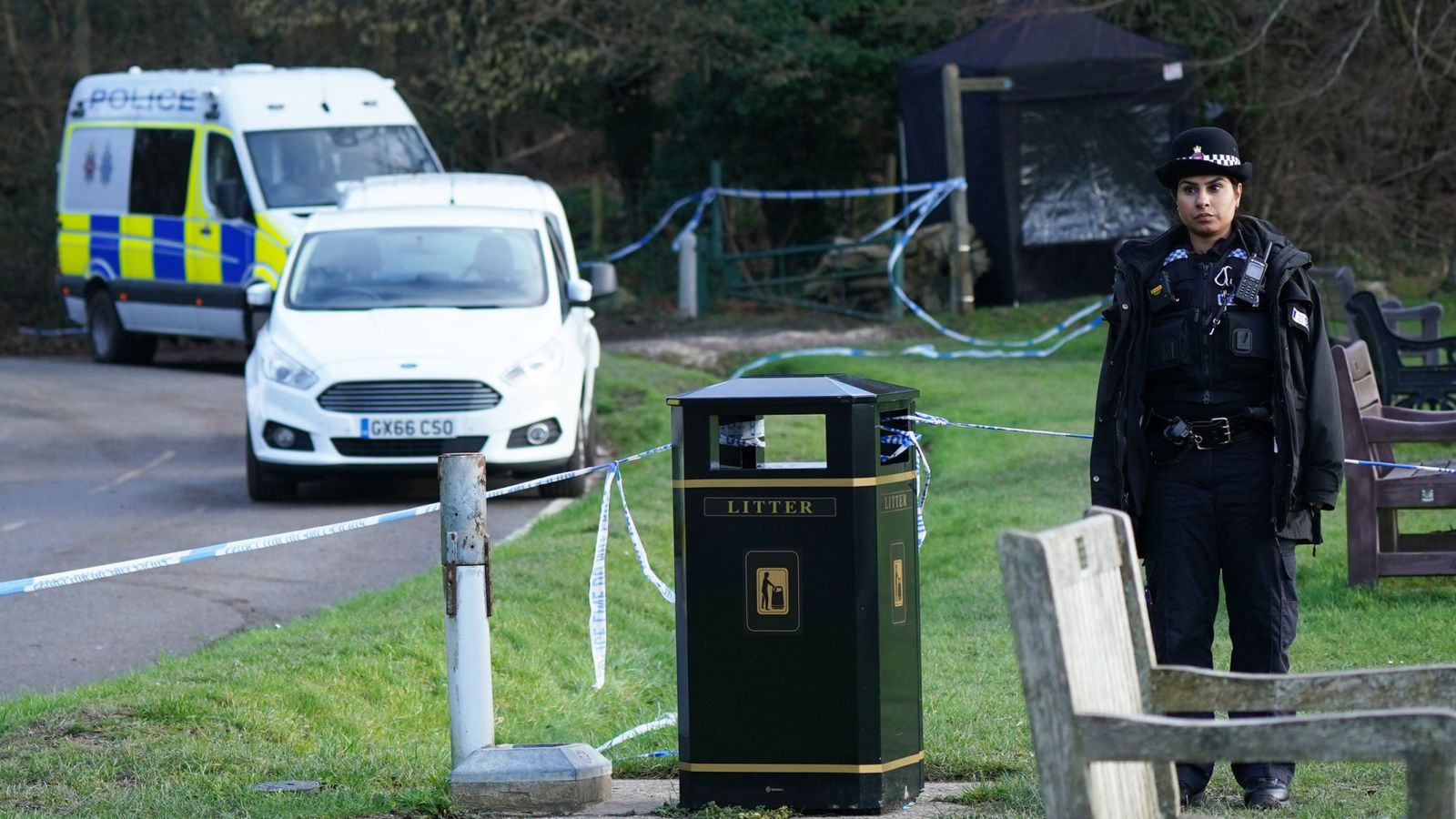Close contacts of monkeypox cases with the highest risk of exposure should self-isolate for 21 days, latest government guidance says.
New guidance from the UK Health Security Agency (UKHSA) recommends people who have had “unprotected direct contact or high risk environmental contact” with the disease should isolate – and avoid contact with immunosuppressed people, pregnant women, and children under 12.
Those contacts include household contact, sexual contact, or changing an infected person’s bedding without wearing appropriate PPE. They should also be offered a vaccine.
Monkeypox is spreading in the UK through community transmission and new infections are now being detected on a daily basis, a senior doctor has warned.
Officials are expecting a “significant rise” in infections this week, after the total increased to 20 on Friday.
The cause of the outbreak in Britain is unknown and there is “no obvious connection” between those infected to a single event, according to Dr Susan Hopkins, from the UKHSA.
Globally, US President Joe Biden has said the outbreak is “a concern”, while Israel and Switzerland recorded their first cases this weekend and Austria registering its first suspected infection on Sunday.
Monkeypox spreading in UK through community transmission, with new cases identified ‘daily’, says senior doctor
Monkeypox is a ‘concern for everybody’ and US is looking into treatments and vaccines, says President Joe Biden
Monkeypox: UK faces ‘significant rise’ in cases – as more infections found in Europe and US
Following the COVID pandemic, the outbreak of an unusual disease has gripped people’s attention in several countries.
Belgium has reportedly introduced a 21-day quarantine for those who contract monkeypox after four infections were recorded in the country.
The disease, which was first found in monkeys, can be transmitted from person to person through close physical contact – including sexual intercourse – and is caused by the monkeypox virus.
It causes fever, body aches, chills, and fatigue in most patients, while people with severe cases can develop a rash and lesions on the face, hands and other parts of the body.
Read more:
What do we know about the UK’s biggest-ever outbreak of monkeypox?
How do you catch it, what are the symptoms, and how easily does it spread?
‘We don’t know where this infection has come from’
Dr Hopkins, a chief medical adviser at the UKHSA, said the illness is “relatively mild” in adults, with young children more at risk, but refused to comment on reports that a patient is being treated in intensive care.
The latest number of UK infections will be revealed on Monday.
Dr Hopkins told the BBC’s Sunday Morning programme: “We are detecting more cases on a daily basis.
“We know there’s been a period of restrictions across Europe, and we don’t know where this infection has come from and how it’s come into Europe.
“There’s no obvious connection in our cases in the UK to a single event.”
UK cases ‘predominantly gay or bisexual men’
Dr Hopkins said the risk to the general population “remains extremely low at the moment” but people “need to be alert to it”.
“We’re saying to people if you’ve got symptoms, avoid close contact with others and seek medical attention,” she added.
She said early symptoms are “non-specific” and feel “like a viral-type infection”.
In later stages, people develop a rash, usually to the face, hands and arms, that can also affect genital areas.
“It starts as red spots and moves to vesicles – those are blister-type lesions that are a bit like chickenpox,” Dr Hopkins said.
“They scab over and once the scabs have fallen off, they’re no longer infectious.”








